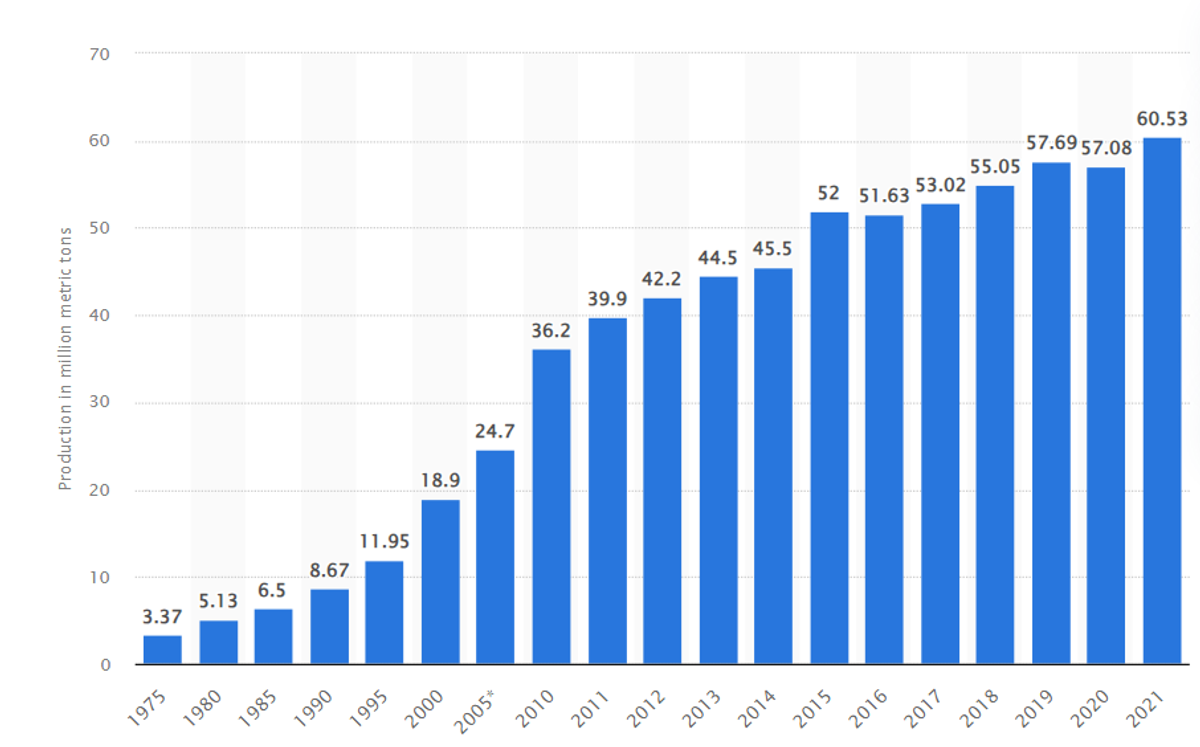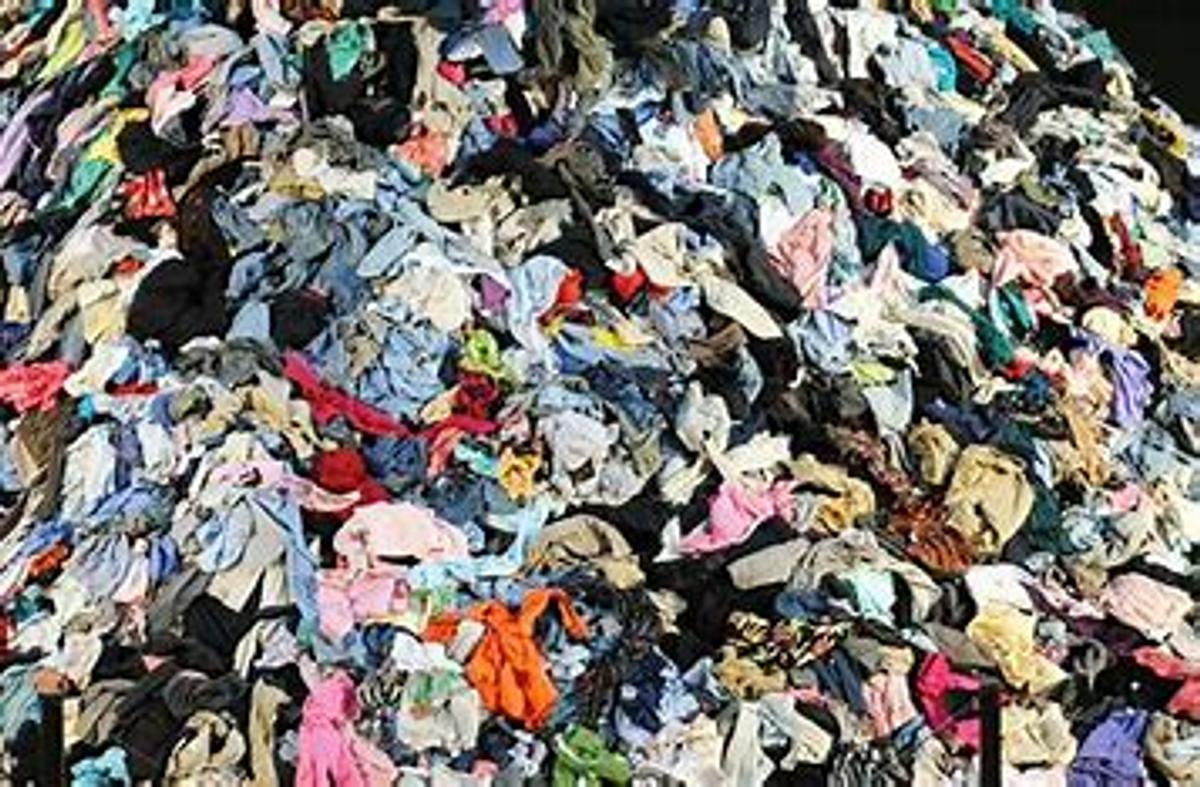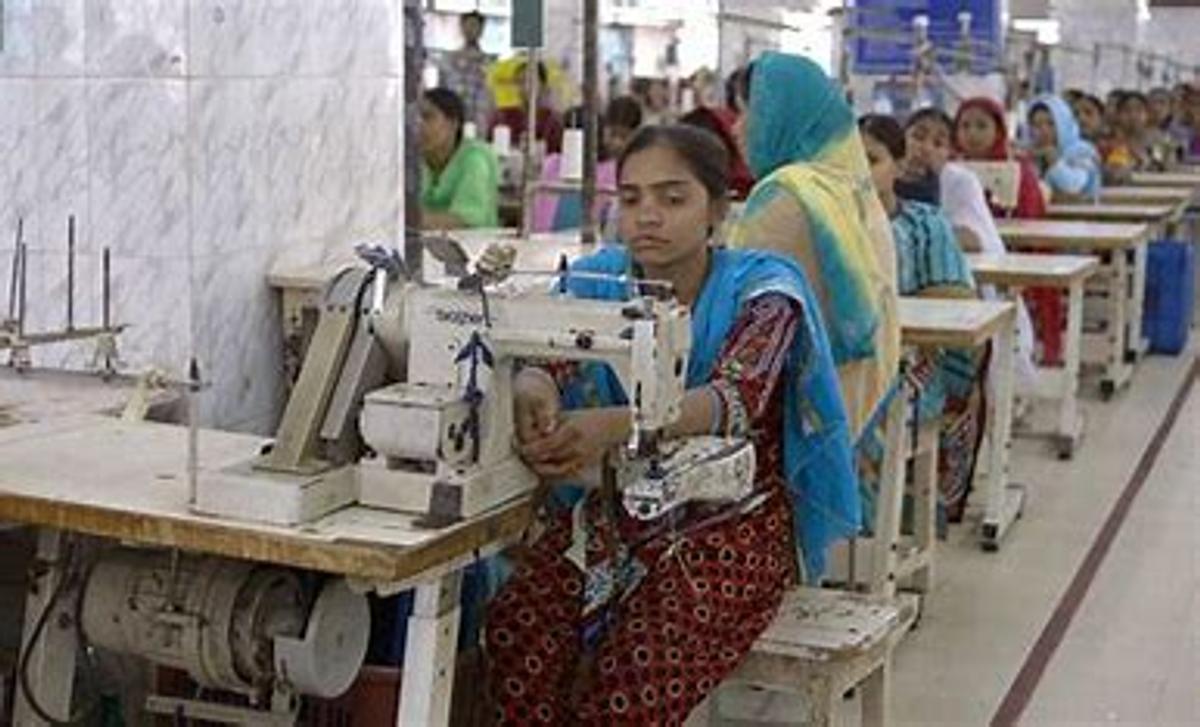Fast Fashion Facts
Year 9 Dawson Burrow tells us about the pitfalls of Fast Fashion

Fast Fashion Facts
Year 9 Dawson Burrow tells us about the pitfalls of Fast Fashion
If you don’t already know what fast fashion is, it is companies all around the world producing clothing at incredible rates so that they can be sold to consumers when they are still on trend.
Fast Fashion is experiencing rapid growth across the world for several reasons. One of these is that companies are adapting to the new normal post the COVID-19 pandemic, as well as brands following the use of key words on social media apps such as Instagram and TikTok to find out what the public is interested in. The main factor of Fast Fashion is people buy inferior quality products for cheap prices and not feeling guilty about throwing them away because it was so cheap. In 2020 the industry made $25 billion dollars in growth (amount of money gained from a product) and is set to make just under $40 billon dollars by 2025, at an increase of 58.9%. This will be the biggest increase since 2014. The human population disposes of 92 tonnes of clothes per year, which is around five percent of landfill that is polluting the earth.
Not only that, polyester is a fabric that is commonly used in clothes, carpets, cloths, and other similar common household items. Polyester is not sustainable because it uses up to 17 litres of water just to make one kilogram of fabric. The graph below shows how many metric tonnes (1,000 kgs) of polyester was made over the years. Taking this into consideration, over one billion litres of water are wasted each year just to make a material that isn’t safe for the environment. A biological oceanographer from the university of British Columbia, Dr Brian Hunt, says that, “Decreasing demand would decrease production.” This further explains why the production of polyester needs to stop now especially in the countries of China, India, Indonesia, Taiwan and the United States of America where production is highest. |


Recognising the disastrous consequences of fast fashion, there is a rising awareness amongst some fashion companies. Several sustainable fashion brands around the globe including Everland, ThredUP, H&M, Patagonia, and others are engaging in more sustainable practices. For example, H&M is reducing its emissions in their supply chain as well as using recycled or recyclable materials in their products. There is a huge need for the fashion industry to be transparent about their production. Organisations like Oxfam regularly produce lists of the most sustainable companies round the world, and social media hashtags like #wemakeyourclothes shows real life people behind fast fashion sweat shops.
You can make a difference by adopting simple approaches to your clothing consumption including making clothes last longer, buying better quality and making sure you buy from a sustainable fashion brand.


Piles of clothes that have been thrown out and sent to land fill.


Children working in fast fashion to help their families.
Written by Dawson Barrow as part of Year 9 Project Based Learning (PBL)


References and further reading:
Why Fast Fashion Is Experiencing Rapid Growth - Insider Intelligence Trends, Forecasts & Statistics
Insights on the Fast Fashion Global Market to 2030 - (globenewswire.com)
Your question: How much water does it take to make one shirt? - Handmade (patchesofpink.com)
Global polyester fiber production 2021 | Statista
Your polyester sweater is destroying the environment. Here's why | Adrienne Matei | The Guardian
BANGLADESH: LET’S SLOW DOWN ON FAST FASHION (lmu.edu)
35 Sustainable Clothing Brands Betting Against Fast Fashion - The Good Trade